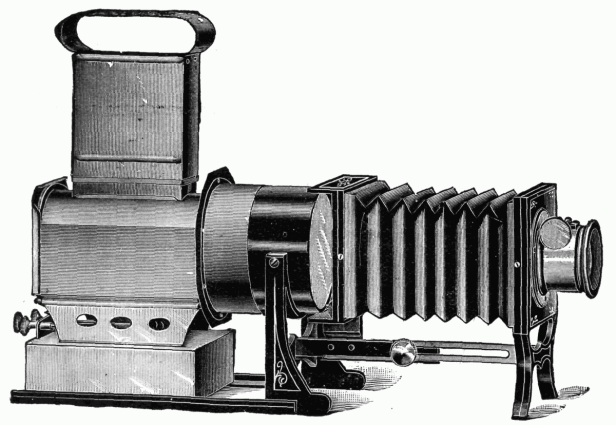Eadweard Muybridge, originally born as Edward Muggeridge on April 9th, 1830 in Kingston upon Thames, was a famous photographer who played a key role in photographic studies into motion and motion-picture projection. Muybridge decided on the name Eadweard Muybridge from his beliefs that it was the Anglo-Saxon form of his name.
Muybridge decided to travel to America aged 20, first by visiting New York and then San Francisco in 1855. This is where he became a successful bookseller and changed his name for the first time – form Muggeridge to Muybridge.
“I am going to make a name for myself. If I fail, you will never hear of me again.”
– Eadweard Muybridge
During a journey on the Butterfield Overland Stage in 1860, there was an accident that resulted in one other passenger dead and Muybridge receiving serious head injuries. This led to him suffering from double vision and confusion whilst those who knew him noted a difference in his behaviour. Studies show that this injury may have had something to do with the eccentric behaviour that arose in his later life.

Yosemite Valley
source: google images
After Muybridge’s recovery, he made his way to San Francisco and enabled photography as his full-time profession. Under the name “Helios,” he utilised his mobile darkroom to produce various panoramic photographs of landscapes – the most famous amongst those being of Yosemite Valley. He then travelled to Alaska in to photograph the Tlingit people in 1866.
Muybridge first started experimenting with Leland Stanford in 1872 after being hired by him to prove that in a certain moment of a horse’s gallop, all four legs are off the ground. At the time, the equipment Muybridge had was not suitable because the shutter speed was too slow.
On one of his photographic expeditions in California, his wife Flora Shallcross Stone had an affair with Major Harry Larkyns. After discovering this, Muybridge believed that their newborn son’s father was actually that of Larkyns and so he tracked him down, shot and killed him. Although various witnesses testified that Muybridge went through a personality change after the stagecoach accident at his murder trial in 1875, the jury didn’t side with the insanity plea. He was, however, acquitted due to the crime being considered “justifiable homicide.” due to the alleged affair situation.

‘Occident’
source: http://www.eadweardmuybridge.co.uk/muybridge_image_and_context/animal_in_motion/
In 1877 he returned to California to resume his experiments in motion photography along with Leland’s Stanford. At this time, he would manage to photograph the horses in such a way that showcased all four hooves off the ground simultaneously at Palo Atto farm. Muybridge devised a plan to line up 24 shutters specially made to enable a more sensitive photographic process which reduced exposure time so that clear photos of the horses would come about. These were in a shed with a wire run across the track so that when the horse ran over the wire breaking it, the circuit would break tripping the shutters and taking the photo at exactly the right moment. This method proved to be hit or miss and results would come out clearly only if they were lucky.

source: google images
In 1879, Muybridge developed the Zoopraxiscope also known as ‘The Magic Lantern’. This was a high-speed shutter camera and it successfully took the photographs of the horses in motion. It ultimately resulted in the production of the first motion picture and Muybridge is considered to be the true ‘Father of Animation’.
Muybridge’s works were published to wide audiences, most often in the form of line drawings taken from his photographs. Amongst the success, they were those who didn’t believe that a horse’s legs could move in such a way and so, to counter these claims, Muybridge gave lectures on animal locomotion across Europe and the US. To aid him, he used a zoopraxiscope: a lantern that he developed which would project images at high speed onto a screen using photographs printed on a glass disc which would rotate – this produced the illusion of moving images.

‘Figure Hopping’
source: https://www.britannica.com/biography/Eadweard-Muybridge
At the University of Pennsylvania, Muybridge made photographic studies of motion using the human figure, both naked and clothed, to create a collection of human movement for the use of scientists and artists.
